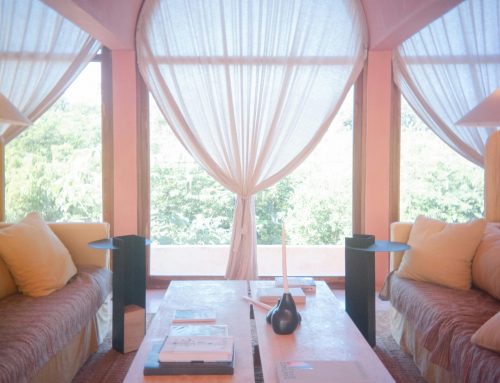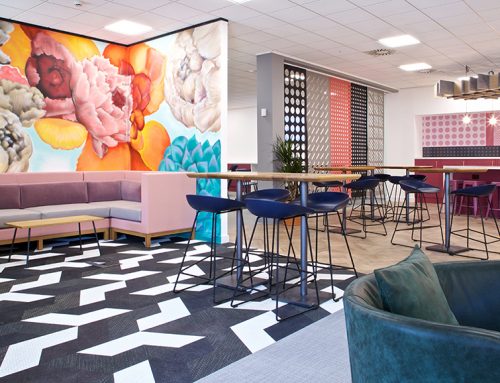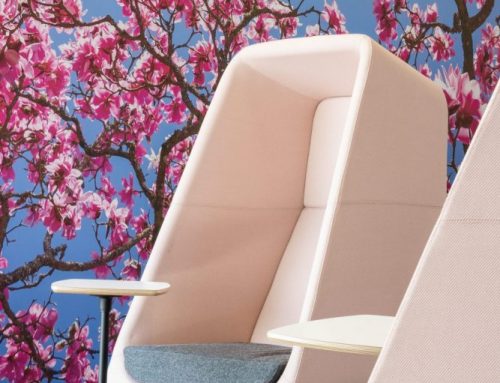This week in the Wylde blog we’re talking heat and the city – more so, can our cities withstand the hot summers of late. We’ve all been talking about it, it’s been really warm recently – with most of the UK reaching temperatures it has never seen before. So what does the change in the climate mean for the infrastructure and functionality of the city? Architecture and urban planning is designed around the climates we are used to, not necessarily what the climate is rapidly becoming.
When a heat-dome arrives and settles over our homes, what actually happens to the built environment around us? We know it well here in the UK – as soon as the heat arrives, we head out of the concrete surroundings and out into nature – most commonly on our little island – we head to the seaside. As masses of people suddenly decide to travel, immense strains are placed on existing transportation methods. Not only are more of us using public transport, but the transportation methods themselves aren’t built to withstand extreme heat – railway tracks buckle, speed limits must be imposed, motorway tarmac literally starts to melt and aeroplanes can’t safely take off or land. All machinery has to work harder in heat, these increasingly regular heatwaves mean we need to account for malfunction or less reliable mechanisms.
In the recent weeks we have all been trying to keep cool – many of us actually gave up on the summer dream of working from home as temperatures became almost unbearable and headed back into air conditioned office spaces. The huge demand of power needed to keep all these huge workplaces cool does impact the power grid. In extreme climates there is immense strain put on power supply and water mains. There are frequent water pipe bursts in heatwaves due to excessive usage pushing old, brittle cast-iron pipes to breaking point.
We’re not a hot country, we have fairly chilly and definitely damp winters and so our housing design and architecture caters to this. We have dark, slate roofs that absorb heat in the hot weather and we also prioritise south-facing views and large windows. Now with so few months of summer and sunshine in the UK, we’re not for a second suggesting we reduce the natural light allowed into any building, but that blinds, awnings and reflective sheeting may need to be considered as standard in future builds.
Hot temperatures aren’t a new thing, it’s just that these temperatures are reaching cities and areas that have never had them before. We can look to those who have successfully acclimatised to extremely hot summers and take note.
“People in desert nations have long adapted, finding ways to keep their lives as cool as possible way before the advent of electricity allowed them to even consider air conditioning. Cultures in the Far East have a long history of building houses on stilts, not only to protect their homes from flooding, but also to allow for a cooling mechanism from underneath.”
Whether we see an increase in low-lying buildings in decades to come, or simply property developers and architects integrating larger green spaces, external shade structures, pale roofing and courtyards into their plans more frequently. What we do know is that the designers, builders and planners for our future cities, will be building with extreme temperature in mind.










